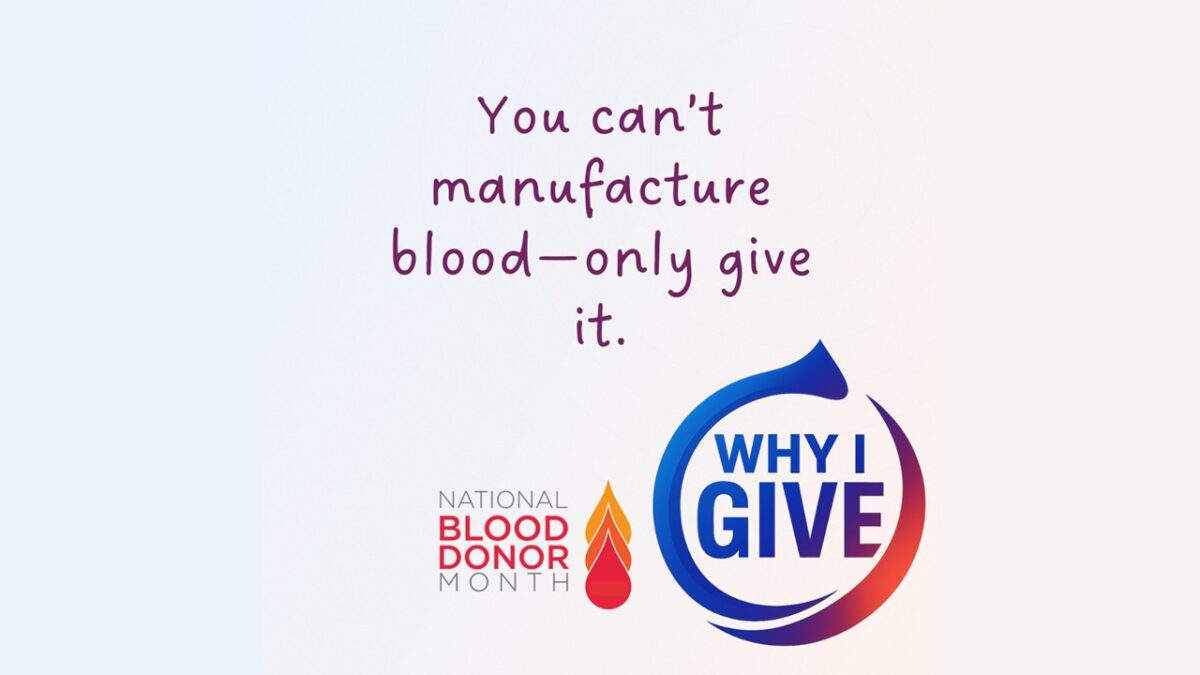While pharmaceutical manufacturers pay a great deal of attention to ensuring they’re compliant with good manufacturing practices (GMPs) and US Food and Drug Administration (FDA) regulations when manufacturing a drug, pharmaceutical packaging can often be an afterthought. Since it’s estimated that 50 percent of pharmaceutical recalls are due to errors in product labeling or packaging artwork, this is an area pharmaceutical manufacturers can’t afford to ignore. Take our quiz to find out where the errors are in your pharmaceutical packaging work flow!
Mislabeling, or poorly packaging a pharmaceutical product carries a number of dangers for the manufacturer and the end user, including:
- Risks to patient safety – Patient trust in the accuracy of their prescription label is of the utmost importance. Errors in labeling could cause misuse of a drug leading to serious side effects.
- Compliance issues with the FDA – The FDA has clear guidelines on pharmaceutical packaging which outline a number of items that must be present on the label. If a manufacturer fails to comply with the regulations, the FDA may issue a recall of a product.
- Cost of recall and potential fines – The financial cost of recalling a product due to a labeling error can be substantial.
- Damage to company’s public image and reputation – Product recalls of any kind are made very public and can have a significantly negative effect on the reputation of the pharmaceutical producer.
- Time lost fixing issues – The time spent investigating the cause of a labeling error and the subsequent resolution of the issue could be better spent investing in new products.
Current FDA Regulations
The FDA has released draft guidance specifying the way manufacturers are required to label their pharmaceutical products. These regulations were put in place in order to protect the consumer and standardize the packaging industry. Some current FDA recommendations for package labeling include:
- The most important product information should appear on the most visible display panel of the package.
- Labels themselves should be readable to the consumer as well as easy to understand.
- Container labels should be unique and avoid too many similarities with other product packages.
- Product codes should also be different enough to distinguish between two pharmaceuticals.
- Blister packs should include a number of pieces of information about the drug – including the nonproprietary name and the trade name, strength, expiration date, lot number, bar code, and manufacturer – on each individual blister cell so this is always visible to the patient
Most Common Errors
In order to ensure compliance with FDA packaging regulations, it’s important to understand the most commonly made errors in pharmaceutical package labeling, and some reasons why they might occur.
- Gross Errors – These occur when necessary information is missing from label artwork. This type of error most often occurs when regulatory requirements change but the manufacturer fails to change the package artwork in response to the new guidelines.
- Context and Meaning Errors – These types of errors occur when information on the label artwork is presented in an unclear or ambiguous way. A context or meaning error could occur if incorrect punctuation is used on the label.
- Content Errors – These occur when there are significant errors in the detailed content of the artwork. The error could be due to the incorrect usage of a symbol on the package label.
- Technical Errors – These errors are in functional components of the artwork, including the product barcode.
Why Errors Occur
When it comes to pharmaceutical packaging and labeling, a small but problematic detail can lead to a significant error. Once errors have been identified and corrective actions have been made, it’s necessary to identify the source of the error in order to avoid similar issues in the future. Some reasons why errors occur during labeling include:
- Inconsistencies in processes – If the processes in place governing the design of the artwork are inconsistent or conflicting, errors can easily occur.
- Gaps in competence – If the operator performing the task of designing the labels are inadequately trained, there is an increased risk of error.
- Too little quality time – If an operator is rushed or overworked, errors in labeling can be overlooked.
- Errors in reference information – If the information being referred to when designing the label is incorrect, those errors will be transcribed onto the finished packaging design.
- Human error – The number of people involved in the process of designing and eventually applying an artwork increases the risk of error.
- Technology error – If the software used to design the label lacks built-in control tools for proofreading and correcting label designs, errors could be overlooked.
Changing Regulations
While current pharmaceutical labels require product lot number and expiration date, industry insiders believe the FDA will soon require manufacturers to add more unique codes to their packages, in order to increase control over the supply chain. In order to meet changes in labeling regulation, some manufacturers have begun integrating a dedicated labeling system designed to meet GMP standards and stop errors in labeling before they become a systemic issue.
To learn more about pharmaceutical packaging management and how you can take control of your packaging supply chain, register for the webinars in the banner below! What do you think are the biggest mistakes pharmaceutical companies make when it comes to packaging? Share your opinion in the comments section below!












Join or login to leave a comment
JOIN LOGIN